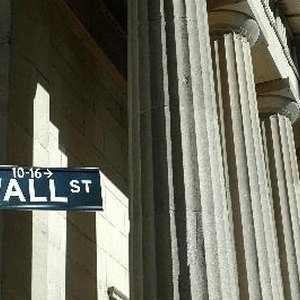
A toxic loan does not have sufficient collateral to meet the outstanding debt obligation when the borrower defaults. The lender is left with a large loss on the balance sheet and no way to recover the debt.
Loan Rating
Two major elements make a debt "toxic." The first is that it has a falsely inflated value on the market. Loans are often sold to investors just like stocks and bonds. Loans also are rated on a similar scale to stocks and bonds. A high rating on a loan means it is not likely to go into default and is a safe purchase.
Value of Collateral
The second major element that makes a debt toxic is insufficient collateral. An investor purchased the loan, which was supposed to be safe from default, only to find the borrower could not repay. The investor, typically a bank or mortgage company, forecloses on the property. The value of the property has gone down to a point where it can no longer be sold to cover the loss.
History
The term "toxic loan" was a buzzword during the mortgage crisis of 2007 to 2009. Ratings houses were falsely inflating the value of home loans; at the same time, the actual value of the collateral was dropping. The result was a huge amount of toxic debt no lenders were willing to purchase.
Complications
When there is too much toxic debt on a bank's spread sheet, the bank risks becoming insolvent. This means it is not earning enough money off of loans to cover it's own debts. From 2007 to 2009, there was an unprecedented amount of toxic debt on the market as a whole, meaning banks became insolvent in large numbers.
Solutions
There is no easy solution to keep toxic loans off the market. The federal government increased regulations on lending and loan rating following the mortgage crisis of 2007 to 2009. A large federal bailout was also aimed at purchasing the toxic debt from banks that needed to liquidate the bad loans.
References
Writer Bio
Based in Los Angeles, California, Bethany Eanes began her career in 2006. She specializes in legal, financial, and fitness writing, with publications on DUIAttorney.com and in local papers like "The Daily Breeze." Eanes earned a Bachelor of Science in history with focuses in humanities ad writing from Washington University.

